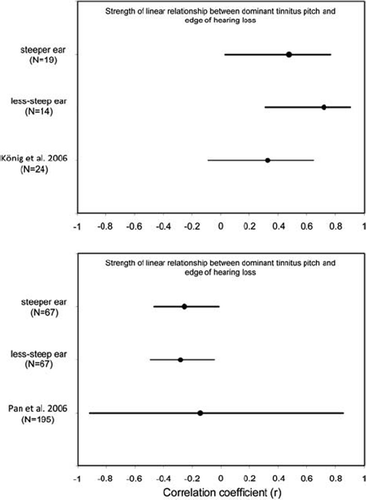Figures & data
Figure 1. Association between hearing level and the dominant tinnitus pitch. Top panel illustrates audiometric thresholds for all 67 patients (134 ears) with the median data shown by the black line. Bottom panel shows the distribution of the dominant tinnitus pitch derived from the similarity ratings.
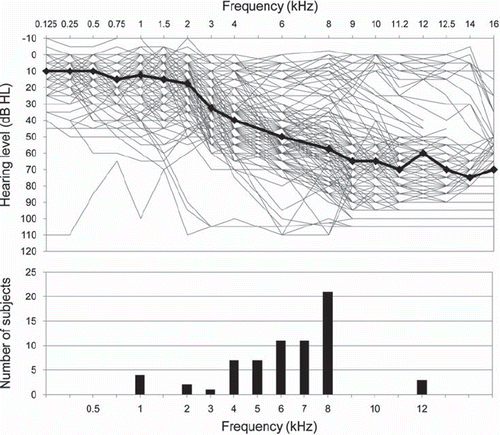
Figure 2. An example of the ‘broken-stick’ function fitted to the audiometric data. The solid line shows individual patient's hearing level and the broken line shows non-linear regression with two breaks (the best fit for that hearing profile). The ‘broken stick’ function was used to quantify the audiometric edge, slope, degree of hearing loss (shaded area). Frequency of the worst hearing level was also identified.
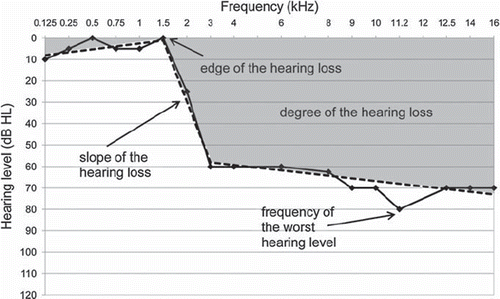
Figure 3. Individual ratings of the spectral properties of tinnitus plotted against subsequent numerical estimates of tinnitus bandwidth. The filled circles highlight unexpected patterns of association between these variables. Eight of the subjects reporting ‘tonal’ tinnitus formed part of the subgroup with the widest numerical bandwidth (0.34–0.44). Similarly, four of the subjects reporting ‘hissing’ tinnitus formed part of the subgroup with the narrowest numerical bandwidth (0.13–0.25). We have only used these symbols for the two extreme bandwidth groups (tonal and hissing). We have no specific a priori expectations for the intermediate (ringing) group.
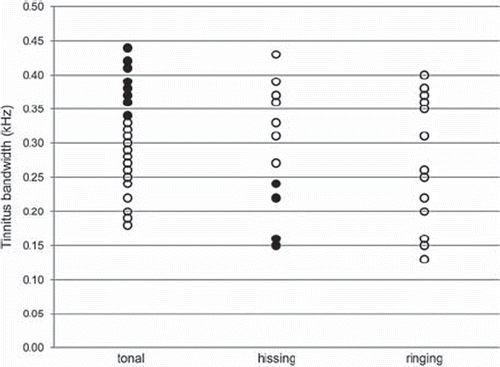
Table 1. Correlations between dominant tinnitus pitch and audiometric variables computed using data for all 67 participants. HL = hearing loss. Corrected significance <.006.
Figure 4. Scatterplots examining the relationship between dominant tinnitus pitch and the edge of hearing loss, as a function of the numerical bandwidth estimate of the tinnitus percept. For statistical testing, the subgroup reporting the narrow bandwidth (A) represents a planned comparison, and the subgroups with moderate (B) and broad bandwidth (C) represent post hoc (exploratory) comparisons. Data are presented separately for the steeper ear (top row) and the less-steep ear (bottom row).

Figure 5. Scatterplots examining the relationship between dominant tinnitus pitch and the edge of hearing loss, as a function of the slope of hearing loss measured in the steeper ear. For statistical testing, the subgroup with the steep slope (A) represents a planned comparison and the subgroups with moderate (B) and shallow (C) slopes represent post hoc (exploratory) comparisons.
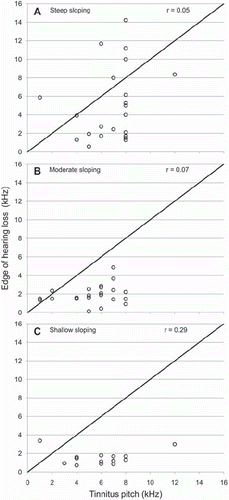
Table 2. Details about the loadings of each of the eight principal components onto the original audiometric variables. Components are statistical constructs, but the individual loadings indicate the ‘meaning’ of each one. For example, principal component 1 most strongly represents the edge and the slope of the hearing loss.
Figure 6. Comparison of Pearson's correlation coefficients and confidence intervals across studies. The top panel shows the strength of the relationship between dominant tinnitus pitch and the edge of hearing loss in patients reporting a narrow tinnitus bandwidth (‘tonal’). The bottom panel shows the strength of the relationship between the dominant and the degree of hearing loss in the whole patient cohort. Our present data are reported split according to their steeper and less-steep deafened ear.
